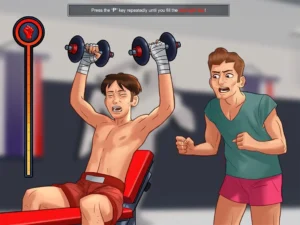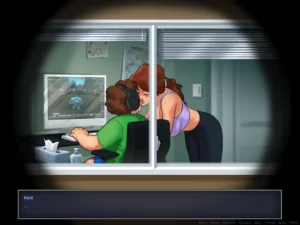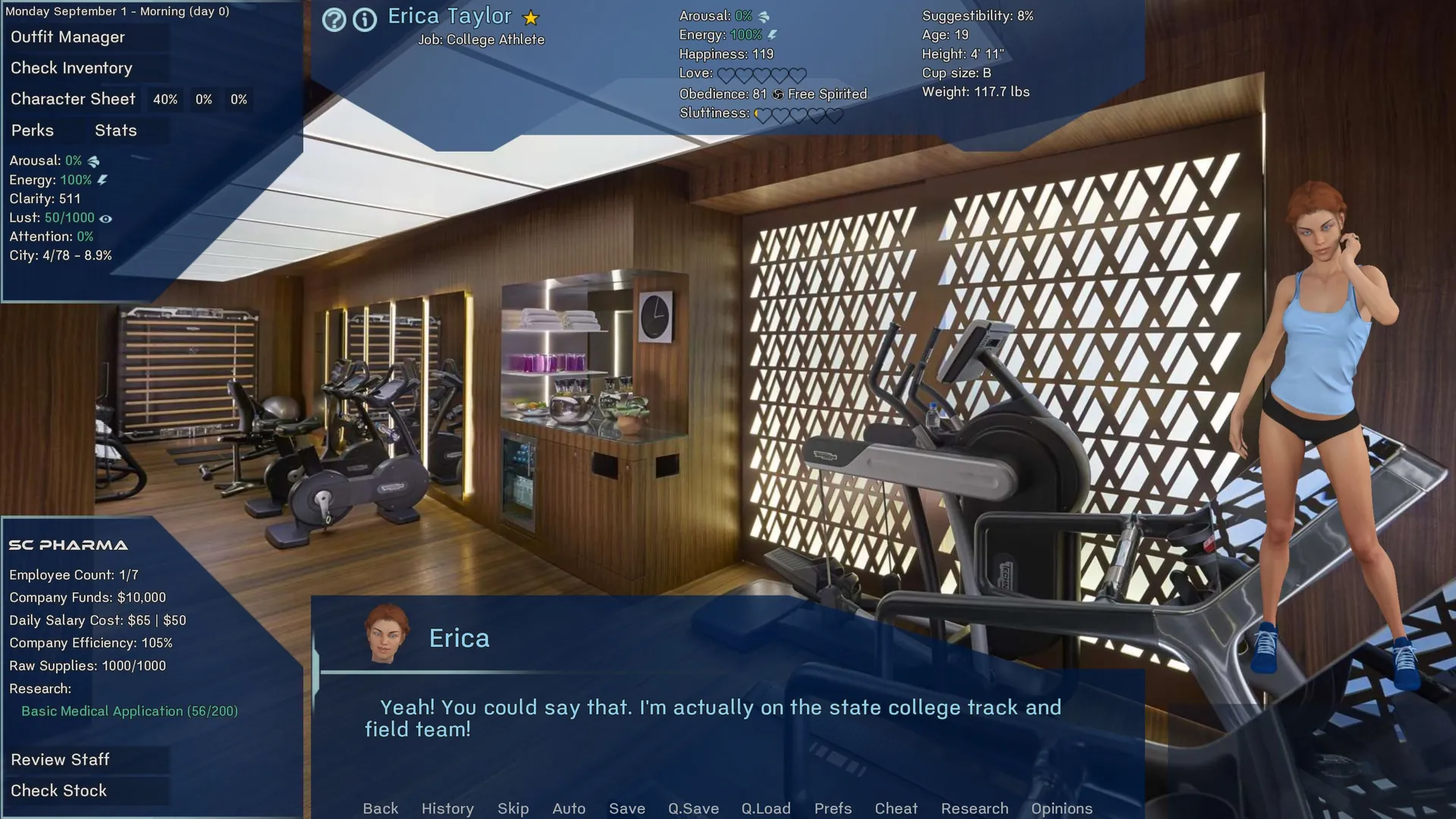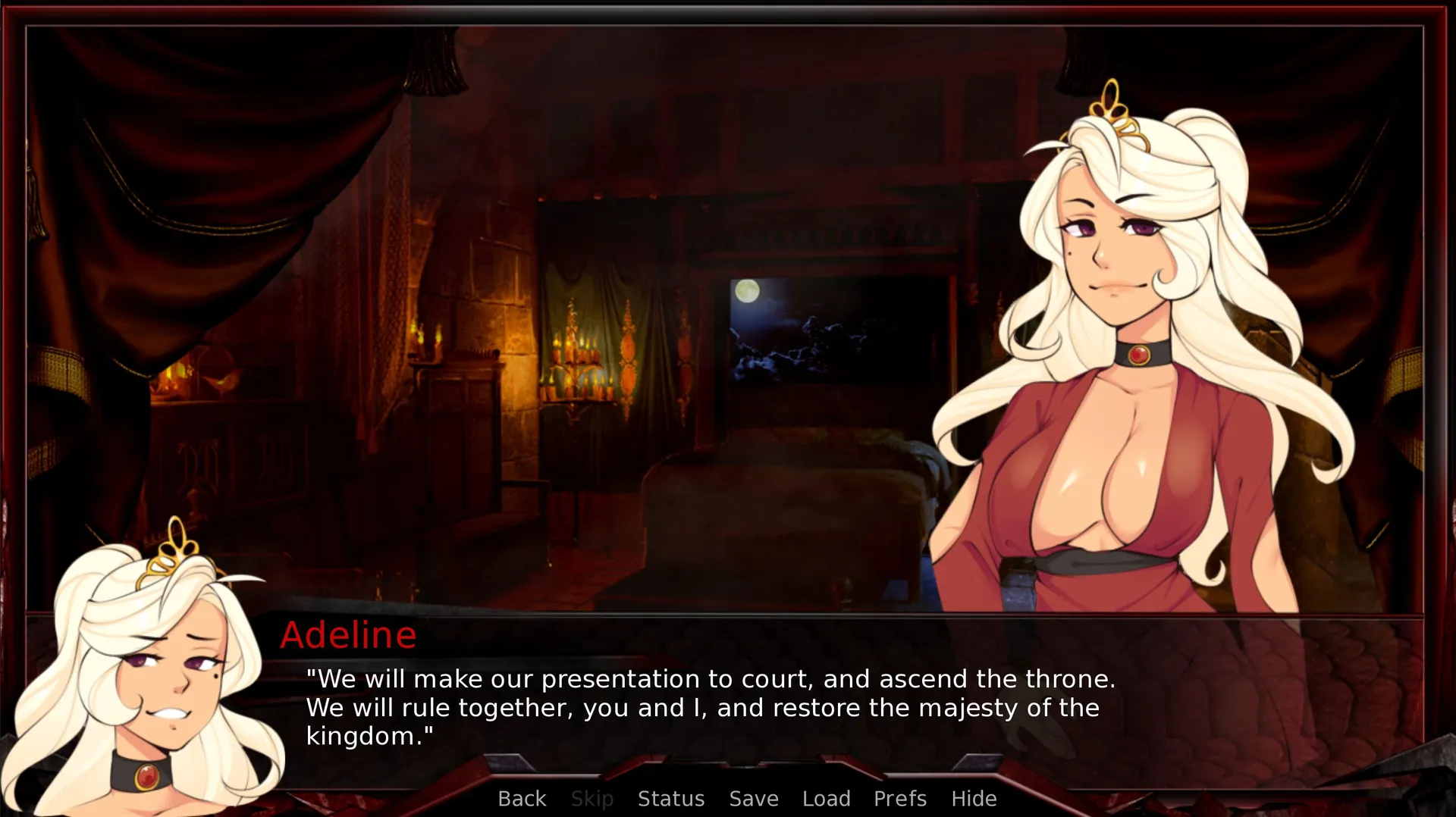
Summertime Saga
Play Summertime Saga
Summertime Saga review
A Deep Dive into the Game’s Mechanics, Storylines, and Cultural Impact
Since its 2017 release, Summertime Saga has become a lightning rod in gaming communities. This visual novel blends coming-of-age storytelling with mature themes, challenging players to navigate complex relationships while managing school life and family drama. While some praise its intricate branching narratives, others debate its boundary-pushing content. As someone who’s spent 50+ hours exploring every storyline, I’ll help you understand why this game sparks such passionate discussions and how its mechanics create a unique player experience.
Gameplay Mechanics and Narrative Structure
Balancing Story Progression and Mini-Games
Picture this: you’re trying to uncover the mystery behind your dad’s sudden death 🕵️♂️, but your neighbor keeps asking you to fix her leaky faucet 💦. Welcome to Summertime Saga, where visual novel gameplay collides with chaotic mini-games in the most absurdly entertaining way. The core loop here isn’t just about clicking through dialogue—it’s about juggling part-time jobs, school exams, and romantic entanglements while racing against an invisible clock.
What makes this game stand out? It’s like trying to solve a Rubik’s Cube while riding a unicycle 🚴♂️. You’ll deliver pizzas 🍕, cheat on math tests 📝, and even grow… ahem… “special plants” 🌱—all while navigating a web of interconnected storylines. But here’s the kicker: mini-game strategies aren’t just side distractions. Fail a shift at the café, and you might miss a critical clue for advancing the main plot.
Pro tip: Always keep $100 in your pocket for emergency bribes. Trust me, you’ll need it.
Let’s talk numbers. Completing Summertime Saga’s main story takes roughly 30-40 hours, but with over 50+ story branching paths, replayability is insane. Want to romance the shy bookworm and the rebellious punk? Go for it—but don’t expect the game to hold your hand.
| Character | Key Tasks | Mini-Games Required |
|---|---|---|
| Eve | Join band, sneak into clubs | Rhythm challenges, stealth sequences |
| Jenny | Fix household appliances, avoid Dad | Quick-time events, inventory puzzles |
| Dexter | Solve mysteries, gather evidence | Clue-finding, dialogue interrogation |
The genius? Even the raciest scenes 💋 tie back to gameplay. Helping a character with a “personal problem” might unlock new locations or resources. It’s risky, sure—but that’s what makes the relationship building system so addictive.
Character Relationship Systems Explained
Raise your hand if you’ve ever accidentally friend-zoned a pixelated crush 🙋♂️. Summertime Saga’s relationship building system is part dating sim, part social experiment. Every interaction—whether you’re gifting chocolates 🍫 or eavesdropping on secrets—shapes how characters perceive you.
Take Diane, the milf-next-door. To win her over, you’ll need to:
– Help her with farm chores (watch out for the angry goat 🐐)
– Master a fishing mini-game 🎣
– Navigate awkward conversations with her jealous daughter
But here’s where it gets clever: story branching paths aren’t just about dialogue choices. Your actions outside conversations matter too. Skip too many shifts at the bakery? Good luck convincing the cashier to spill town gossip.
I once spent three real-life days trying to impress Roxxy, the popular girl. Turns out, she only likes guys who aced biology class 🧪. Who knew? The game doesn’t spell this out—you learn by failing, reloading saves, and laughing at your own desperation.
| Relationship Level | Unlocks | Time Investment |
|---|---|---|
| Friendly | Basic quests, minor rewards | 2-3 hours |
| Romantic | Private scenes, story clues | 5-8 hours |
| Secret | Hidden endings, bonus items | 10+ hours |
Unlike traditional visual novels, there’s no “right” path—just messy, hilarious trial-and-error. And yeah, the mature themes 🌶️ aren’t just for shock value. They’re woven into the time management mechanics, forcing you to prioritize between heart, hustle, and hormones.
Time Management Strategies for Multiple Storylines
Ever tried microwaving a burrito while answering texts and folding laundry? That’s Summertime Saga’s time management mechanics in a nutshell 🌯. The in-game clock never stops ticking, and with dozens of characters demanding attention, you’ll need military precision to avoid burnout.
Here’s how to survive:
1️⃣ Map out your week – School days vs. weekends have different opportunities.
2️⃣ Cluster tasks by location – Hit the mall, then the park, then the docks in one trip.
3️⃣ Save scum strategically – Not all choices are worth sticking with.
The game’s day-night cycle 🌞🌙 isn’t just cosmetic. Certain events only trigger at 2 AM (looking at you, shady warehouse deals). But push too hard, and your energy meter tanks—forcing you to sleep and reset progress.
Hot take: Always carry coffee ☕. It’s the duct tape of this universe.
What’s brutal but brilliant? Story branching paths often collide. Helping the principal with a “favor” might lock you out of a side quest with the librarian. There’s no guidebook for this chaos—just your gut instinct and a prayer.
And let’s not forget the mini-games. That annoying arcade basketball game 🏀? Mastering it earns you quick cash for bribes. The cooking challenges 🍳? Fail, and you’ll waste precious hours (and ingredients).
At its core, Summertime Saga forces you to ask: Do I chase the main plot today… or see what happens if I gift 50 tacos to the gym teacher? 🌮 There’s no wrong answer—just one gloriously messy story waiting to unfold.
So, ready to dive in? Whether you’re here for the visual novel gameplay, the soap-opera drama, or the sheer chaos of it all, remember: in Summertime Saga, every choice is a new adventure. Just don’t forget to save. 😉
Summertime Saga’s blend of life simulation and narrative ambition makes it a standout in the visual novel genre. While its mature content sparks debate, the game’s true strength lies in how player choices reshape relationships and community dynamics. For those curious about interactive storytelling, it offers valuable lessons in balancing gameplay systems with emotional engagement. Ready to form your own opinions? Start by exploring the fishing mini-game – it’s the perfect gateway to understanding the game’s layered design.
















